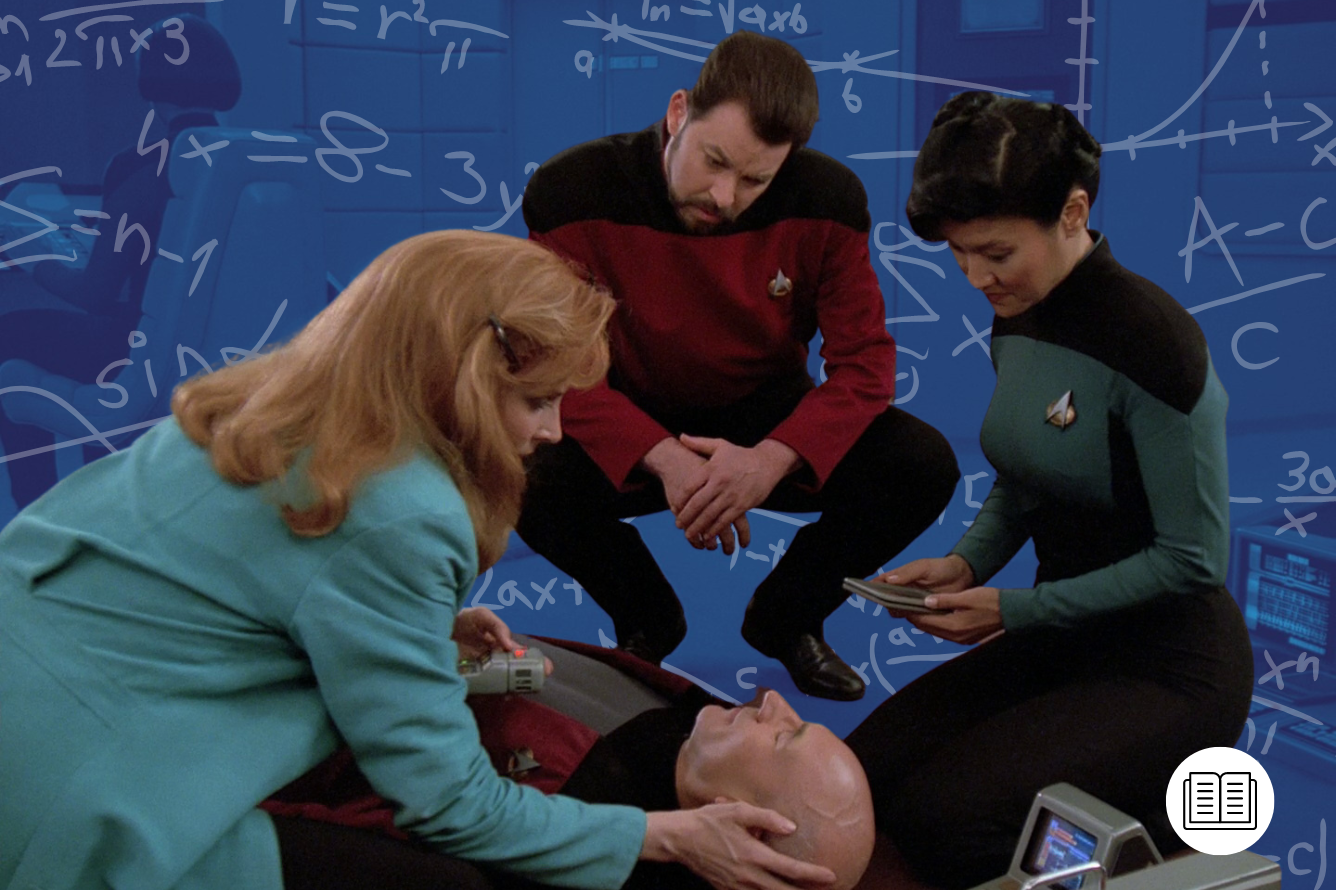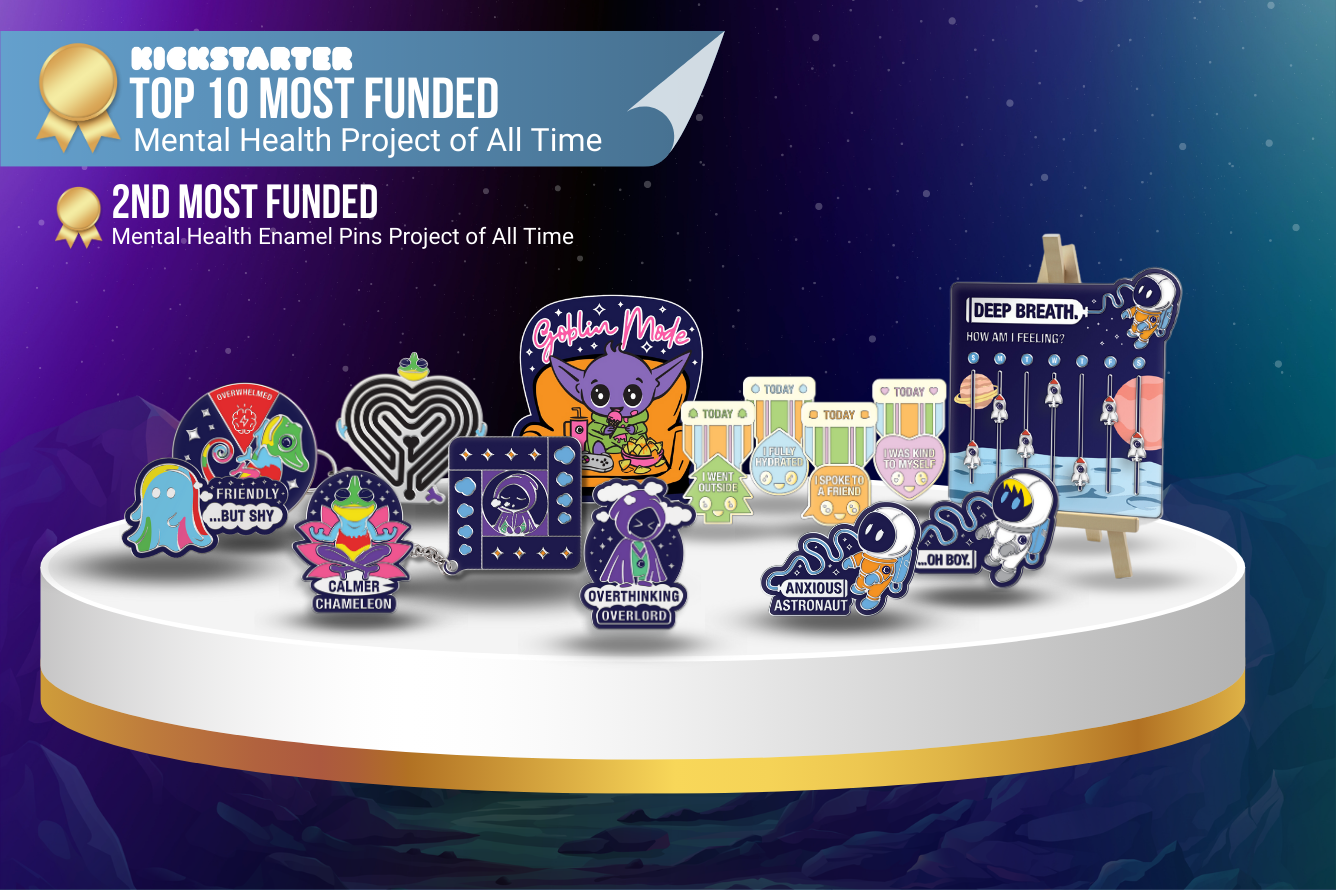Back in the late 14th century, when the Black Death was ravaging the population here on Earth, a star called Kataan went nova. As it burned brighter and brighter, its warmth and light eradicated all life on its orbiting planets. One of these planets, also called Kataan, was home to people who lived off the land and had only recently begun studying the stars and building probes to send to space.
The civilization may not have the space-faring capabilities needed to evacuate, but before their home was destroyed by their own sun and forgotten forever, the people of Kataan sent a probe out into the darkness of space. The probe was a time capsule of sorts, packed with the memories and experiences of a Kataan man called Kamin. The probe’s purpose was to teach whoever found it about the Kataan by ‘projecting’ a simulation of Kamin’s life directly to them. That way, they could experience Kamin’s life themselves – as if they were really him – and their race might be remembered.
The probe had been floating through space for more than a thousand years, unable to fulfill its mission and deliver its all-important message, when, on stardate 45944.1, USS Enterprise found it. As Captain Jean Luc Picard (Patrick Stewart) stood on the bridge, watching the probe through the viewscreen, the tech on board ‘chose’ him to experience Kamin’s life.
Only 25 minutes pass on Enterprise, where Picard’s body lays motionless on the floor of the bridge. But, in his mind, he lives an entire life as Kamin, raising children with his wife Eline, learning the Ressikan flute, and becoming a beloved member of his local community. It’s only decades later when he’s elderly and his children have had children of their own, that he finds out the truth: that the life he’s lived is a simulation, designed to preserve the memory of the people of Kataan and ensure they are never forgotten.
This is the story at the heart of ‘The Inner Light’ (S5, Ep25), one of the most popular and beloved Star Trek: The Next Generation episodes of all time, and, despite first airing 30 years ago, the continual outpouring of love for ‘The Inner Light’ online is incredibly moving. (I really enjoyed reading this Reddit post, with more than 1,500 comments – even some from the writer of the episode, Morgan Gendel, and the actor who played Kamin’s grandson.)
It’s impossible to fault the episode’s fantastic script and stellar casting. But I believe it also struck a chord among fans because the themes so deeply resonate with us all. Whether that’s because the story of a civilization on a dying planet feels eerily prescient or that we simply identify with the Kataan’s desire to be remembered. Like them, we want our lives to mean something to someone, somewhere, now and when we’re no more. After all, isn’t that one of the reasons we sent our own Voyager probes out into the depths of space, filled with information about everything that makes us, well, us?

Why the Brain is Hard to Fool
The details of how the Kataan probe is able to transmit such vast amounts of information and create a convincing simulation are intentionally fuzzy. The more we learn about it, the more it becomes hard to believe a civilization that isn’t capable of spaceflight could even conceive of the technology needed to make it happen.
With that in mind, I was keen to find out whether we could imagine creating a similar kind of experience today in the real world. The short answer is: it might be possible. But the complexities of the brain make it practically impossible.
“Transmitting experiences into the brain requires being able to modulate many, many different individual neurons,” Dr. Grace Lindsay, a computational neuroscientist, and author of Models of the Mind: How Physics, Engineering and Mathematics Have Shaped Our Understanding of the Brain, tells me. “The more rich and [more] complex, the more neurons need to be modulated and controlled. This is incredibly difficult.”
Dr. Lindsay tells me that a very basic version of this idea can be achieved in a lab. She explains that we can get a mouse to respond as if it’s heard a sound by activating the right neurons in its auditory system. But, right now, that’s as advanced as it gets – a long way from Picard’s rich and decade-long experience as Kamin.
“The ability to do this in humans with full immersive realism – without even opening the skull! – is indeed science fiction,” she tells me.
“In theory, it could be possible in the sense that our neural activity does determine our experience,” she explains. “But the practical challenges of controlling neural activity all across the brain are so huge it would really require some paradigm shifts in our methodology to get there.”

It’s not only the simulation itself that, eventually, convinces Picard he’s Kamin, but the way the probe’s beam is able to warp time and condense a lifetime into a matter of minutes. I also asked Dr. Lindsay: might our perception of time also be altered by making tweaks to the brain? “We know from dreams and experiments with certain substances, like psychedelic drugs, that humans can experience time dilation – that is, we can feel as though a lot of time has passed in a much shorter amount of real-time,” Dr. Lindsay says.
But she says Picard’s experience is a very extreme version of time dilation, which means there’s no saying it would be possible or, importantly, have had the desired effect – to teach Picard about the Kataan so they’d be forever in his mind.
“It would be very difficult for many long-term memories of the life he experienced to form under such circumstances,” Dr. Lindsay says. “At a broad level, memories are stored in the connections between neurons in the brain. The biological processes that update those connections take time, however, and usually require periods of consolidation to stick – a process that usually occurs during sleep.”
So, even if the simulation element was possible, the way Picard rapidly experiences decades in minutes likely wouldn’t allow time for vital memories to form.

Do We Already Have ‘Empathy Machines’?
One way in which we might create an extremely simplistic version of the Kataan simulation is with a virtual reality headset. There are many VR experiences that allow us to see what it’s like to live a life that’s different from our own. Some allow us to travel to places we’ve never been to, witness how different cultures live their lives day to day, or even ‘try on’ other bodies in the form of avatars.
Although none of these experiences are advanced enough to fool us into believing they’re real, researchers suggest that they can still convince our brains they might be – at least enough to impact our thinking and behavior. This is why VR can lead to some profound and positive effects, like pain relief and enhanced empathy, too.
Empathy is what I believe ‘The Inner Light’ is all about. The probe didn’t simply project information about the Kataan culture, like pages of an encyclopedia. It shared a simulation with Picard to ensure that he understands them, empathizes with them, and is so embedded in their lives he cannot simply forget the experience once it disconnects.
“If you remember what we were – and how we lived – then we’ll have found life again,” Eline says to Picard at the end of the episode. Then as he, as Kamin, calls out her name, the probe launches and she says: “Now we live in you. Tell them of us… my darling…'”

Ignite Your Inner Light
But did Picard really need to live decades as Kamin to experience empathy for the Kataan? Do you really need to strap on a VR headset and see what life is like in another country to empathize with the people who live there? Probably not. But you don’t need to look far – in fact, just turn on the news – to see what happens when people, especially those in power, lack understanding, compassion, and empathy for others.
Every time I watch ‘The Inner Light’, I think about the blur stars we see whizzing past Enterprise whenever it journeys through space. How each of those stars in the Trek universe (and, possibly, our own) could have planets orbiting around them and how each of those could be teeming with life – just like Kataan. It’s easy to relax your eyes and your mind and see them as simply a smudge of light. But each and every world could have a story to tell.
Here on Earth, the same applies to each and every person. Like Kamin, we all have lives filled with love, hope, hobbies, friends, family, connection, loss, grief, and passion. Perhaps it’s important to be reminded of that and to encourage everyone to step into someone else’s shoes from time to time – whether that’s with a futuristic simulation beam, a VR headset, or simply with our own imaginations. That way we might be better equipped to ignite the inner light in all of us, so we can see what connects our experiences, rather than put space, solar systems, and borders between us.
This article was first published on March 16th, 2022, on the first Companion website.
The cost of your membership has allowed us to mentor new writers and allowed us to reflect the diversity of voices within fandom. None of this is possible without you. Thank you. 🙂










